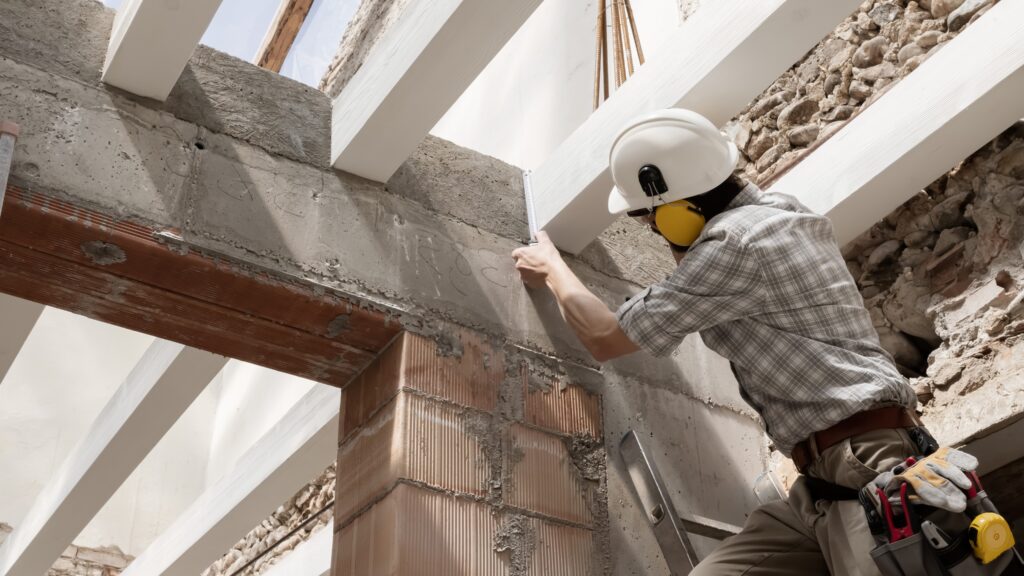Using certificates for quality assurance
September 28, 2022Building quality assurance act (hereinafter: Wkb) gives certificate added value
Risk management measures including quality regulations more important through upcoming introduction of Wkb. After all, the Wkb requires demonstrated building work quality in relation to the building regulations (Building Decree and Building Works Decree for Living Environment, hereinafter: Bbl). The KOMO certificate supports all parties involved: certificate holder, client, builder and quality assuring body.
With the introduction of the Wkb in 2023 (starting with Consequence Class 1 buildings), clients will be obliged to involve a quality assurance body for any building projects requiring a permit. This guarantees that the building complies with the technical regulations and a declaration shows that the building meets the requirements of the Bbl. Confidence grows when the quality of a component has already been demonstrated and, consequently, the risk profile is reduced. This saves the quality assurer valuable time for inspection and control, resulting in lower costs. Moreover, KOMO certificates allow builders to manage their burden of proof where it concerns quality.
Liability of Builder
The most important change in the Civil Code and with the introduction of the Wkb is the shifting of the burden of proof. In future, the builder will be liable for defects not discovered at the time of completion, even if it was possible for the client to find these. This means that the builder will have to give the client a Consumer File which proves that the builder delivered the required quality. “KOMO certificates can help the builder immensely with this”, says KOMO’s Erik-Jan de Bont. “Certificates are now of interest not only to certificate holders, but equally to quality assurers and builders. For the client, who pays the quality assurer, quality becomes demonstrable by means of recognised certificates. The more the quality is demonstrable in advance, the lower the cost of quality assurance.”

Preventing Building Errors
The KOMO Quality Assurance System ‘KiK’ – facilitates this reliable assurance for the entire building sector. The assurance contains detailed documentation, through which the burden of proof is established, and a risk analysis with management measures for risk mitigation. This creates a solid file for the builder in relation to his/her liability. In addition, the KiK tool generates the obligatory files for the competent authority and the consumer. A special feature of the tool is its ability to interact with the builder’s data management system. “Many building errors stem from the incorrect application of materials and building products,” De Bont explains. “KOMO links building product suitability for a particular application to strict application conditions and assesses whether the processor has complied with these. This also reduces the risks.”
Quality Control from Product to Entire Building
The Act determines that the quality assurance officer must issue a declaration stating there is justified confidence that the finished building work meets the requirements. “Basically, this means looking at the quality of the products used, their assembly and the end result, or in other words the building work,” De Bont clarifies. This entire process can be covered with KOMO Quality Declarations/Certificates:
- KOMO product certificate
- KOMO attestation for the performance(s) of a product in its application
- KOMO attestation with product certificate, a combination of a product certificate and an attestation
- KOMO process certificate (for realisation processes)

